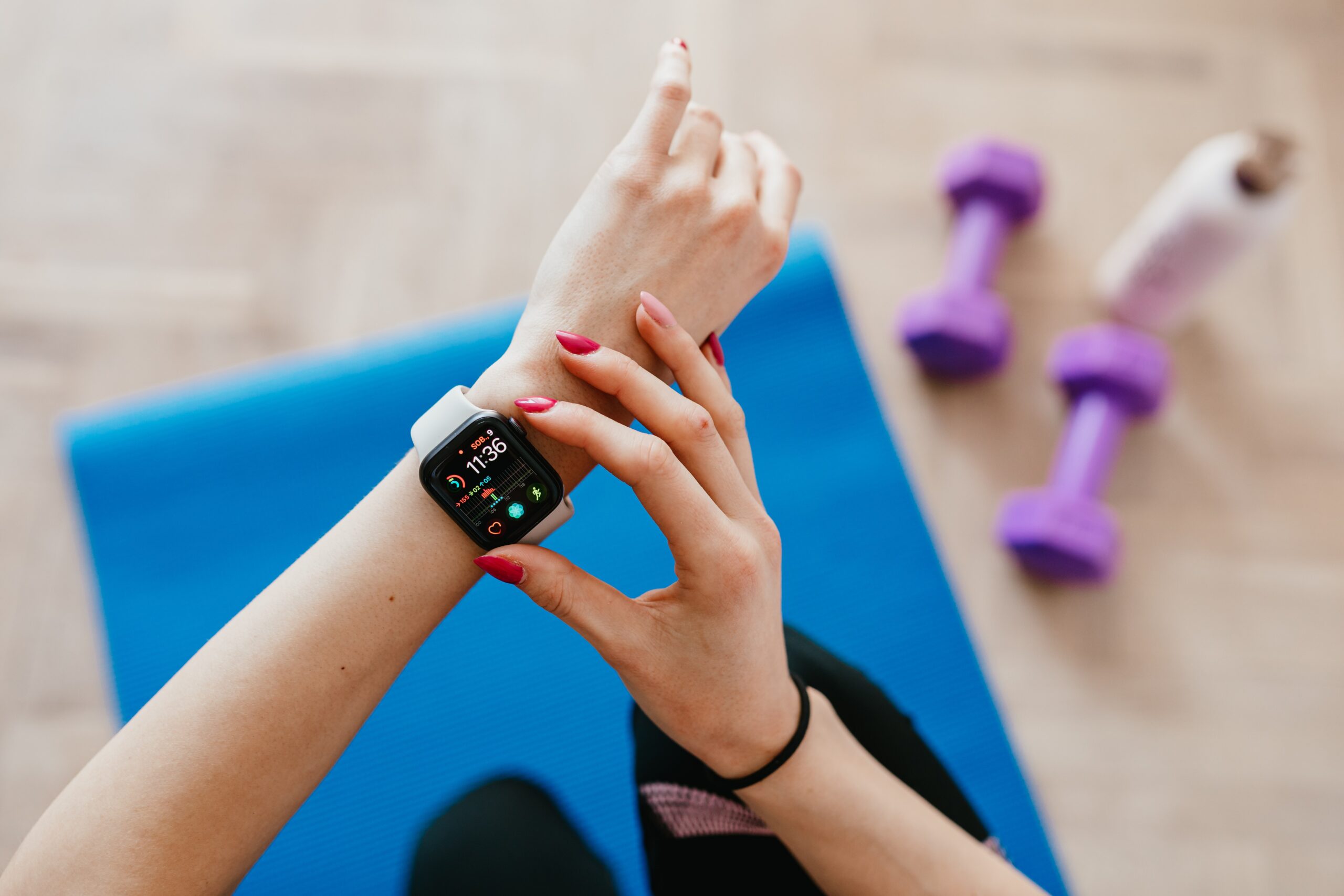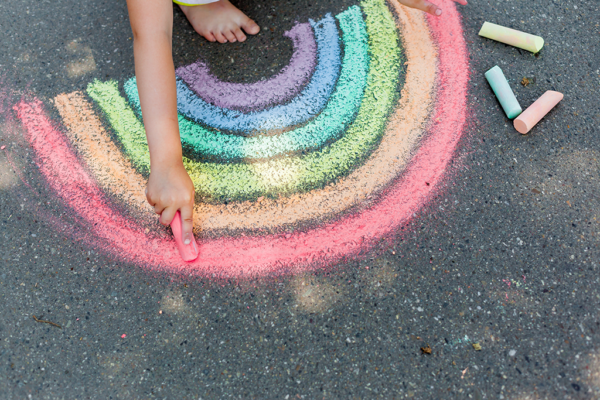Photo by Karolina Grabowska from Pexels
Physical activity is described as movement of the body utilizing energy. There are different types of physical activity including aerobic exercise, muscle-strengthening, bone-strengthening, and stretching. It is widely known that regular physical activity can make you feel, function, and sleep better.
According to the United States Health and Human Services, it is crucial that everyone is active. In the last 20 years, there has been a significant increase in obesity in the United States. Approximately one-third of U.S. adults are obese, and 17% of children and adolescents (aged 2-19 years) are obese. Recent reports project that by 2030, half of all adults (115 million adults) in the U.S. will be obese. According to research, only 1 in 3 children are physically active, and less than 5% of adults participate in 30 minutes of physical activity per day.
Physical activity is essential for everyone, and it can provide long-term health benefits. These benefits include:
- Improved bone health
- Improved cardiorespiratory and muscular fitness
- Decreased levels of body fat
- Reduced symptoms of depression
- Improved cognitive skills
- Improved attention span and ability to concentrate
Maintaining physical activity is critical under normal circumstances, but it is especially essential for our physical and mental health during COVID-19. Physical activity can improve the body’s immune response, counteract effects of social isolation for children and older adults, and research suggests that aerobic activity is associated with greater reductions in symptoms of depressive disorder during these tough times. Additionally, strength-training has been shown to reduce symptoms of anxiety in individuals with or without anxiety disorder.
With disruptions to our schedules, gym closures, and strict social distancing orders due to the pandemic, finding ways to be physically active has become a challenge. However, maintaining a physically active lifestyle does not require us to have a gym membership or own expensive fitness equipment. According to recommendations from the American Heart Association, adults should aim for at least 150 minutes of moderate-intensity physical activity, or at least 75 minutes of vigorous-intensity physical activity, per week. The following are examples of forms of physical activity that can be performed during COVID-19:
Aerobic activity (indoors):
- Walking or dancing around the home or stair climbing for 10-15minutes, 2-3 times per day
- Following an exercise video or utilizing at-home fitness equipment
Aerobic activity (outdoors):
- Walking or jogging around the neighborhood or a nearby park
- Gardening
- Bicycle riding or playing active family games (tennis, frisbee, etc.)
Strength training:
- Download a strength workout app to your smartphone, such as Seven – 7 Minute Workout (no equipment necessary)
- Do a strength training video
- Find ways to do simple muscle strengthening exercises around your house such as:
- Squats or sit-to-stands from a sturdy chair
- Push-ups against a wall, the kitchen counter, or the floor
- Lunges or single leg step-ups on stairs
Yoga:
- Download a yoga app to your smartphone, such as Down Dog
- Deep breathing and mindfulness often included in yoga practices can also reduce anxiety
For more information on the benefits of exercise during COVID-19, check out these links:
- https://www.acsm.org/docs/default-source/files-for-resource-library/finding-your-motivation-for-exercise.pdf?sfvrsn=e8037a1b_2
- https://www.acsm.org/home/featured-blogs—homepage/acsm-blog/2020/03/30/exercise-immunity-covid-19-pandemic
References:
Importance of Physical Activity and Exercise during the COVID-19 Pandemic: Psychiatry: Michigan Medicine. (2020, April 07). Retrieved September 16, 2020, from https://medicine.umich.edu/dept/psychiatry/michigan-psychiatry-resources-covid-19/your-lifestyle/importance-physical-activity-exercise-during-covid-19-pandemic
National Physical Activity Plan. (n.d.). Retrieved September 16, 2020, from http://www.physicalactivityplan.org/theplan.html
Physical Activity. (n.d.). Retrieved September 16, 2020, from https://www.healthypeople.gov/2020/topics-objectives/topic/physical-activity
About the Author:
Chrissy Migliore attended Cal Poly San Luis Obispo, where she earned her Bachelor of Science degree in Biological Sciences with an Anatomy and Physiology concentration. She received her Master’s Degree in Physical Therapy from the University of St. Augustine in Health Sciences. Her focus is on individualized quality care and she encourages an active lifestyle. Some of her clinical interests include orthopedics, postural restoration with a sports and orthopedic focus, gait analysis, women’s health, biomechanical evaluation, and spinal health with core training. Outside of work, Chrissy enjoys an active lifestyle including running, swimming, paddle boarding with her husband, two daughters, and their dog (Finn), vacationing and spending time with her friends and family.



